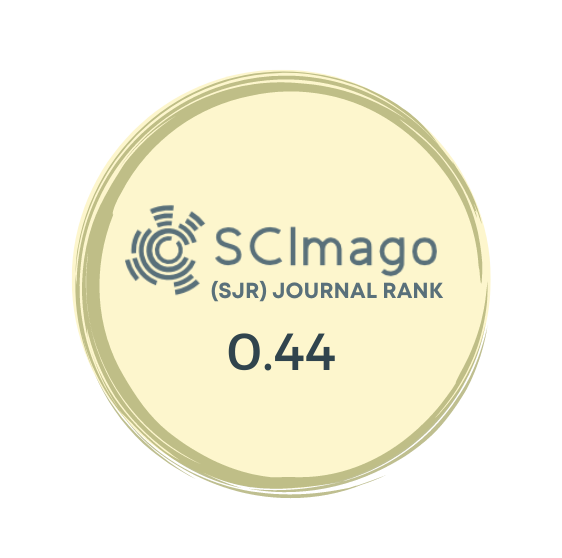Abstract
In our study, the methods used for the diagnosis of congenital dislocation of the hip in the period of newborn and early infantile were investigated, compared with the other diagnostic methods of ultrasound technique, and the superiorities were discussed. The advantages and reliabilities that ultrasonography provide for the diagnosis of congenital dislocation of the hip were investigated. At first, 100 infants were examined clinically and pelvis anteroposterior radiograms were taken. Then, both hips were investigated under ultrasonography with Graf Method, the hips were measured for angle as to Graf method, and typed. As a result of investigation, in 200 hips of 100 cases, the proportion of type la, type Ib, and type Illa was found 91%. The rate of hips with dysplasia from type Ilb was found 9%. The hips evaluated pathologically were applied abduction splint treatment and followed
Özet
Çalışmamızda, yenidoğan ve erken bebeklik döneminde doğuştan kalça çıkığının tanısında kullanılan yöntemler incelenmiş ve ultrasonografi tekniğinin diğer tanı yöntemleri ile karşılaştırması yapılarak üstünlükleri tartışılmıştır. Ultrasonografi tekniğinin DKÇ tanısında sağladığı kolaylıklar ve güvenilirliği incelenmiştir. 100 bebek önce klinik olarak muayene edilmiş ve pelvis ön arka radyogramları alınmıştır. Daha sonra bebeklerin her iki kalçası Graf yöntemi kullanılarak ultrasonografik incelemeye alınmış ve Graf yöntemine göre açı ölçümleri yapılarak kalçalar tiplendirilmiştir. İnceleme sonucunda 100 olgunun 200 kalçasında Tip Ia. Tip Ib ve Tip IIa oranının %91 olduğu, Tip IIb den itibaren dispiazik özellik gösteren kalçaların oranı ise %9 olarak bulunmuştur. Patolojik olarak değerlendirilen kalçalar abdüksiyon tedavisine alınarak takip edilmişlerdir.



.png)

.png)
